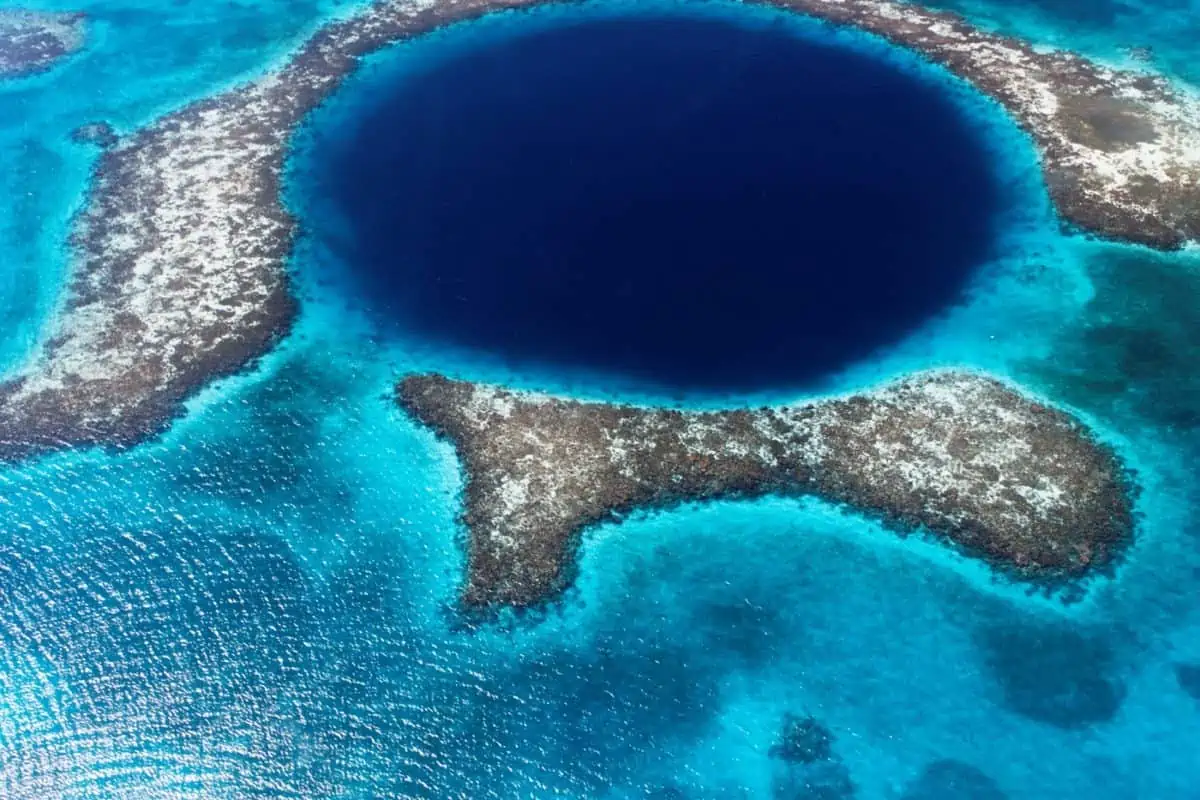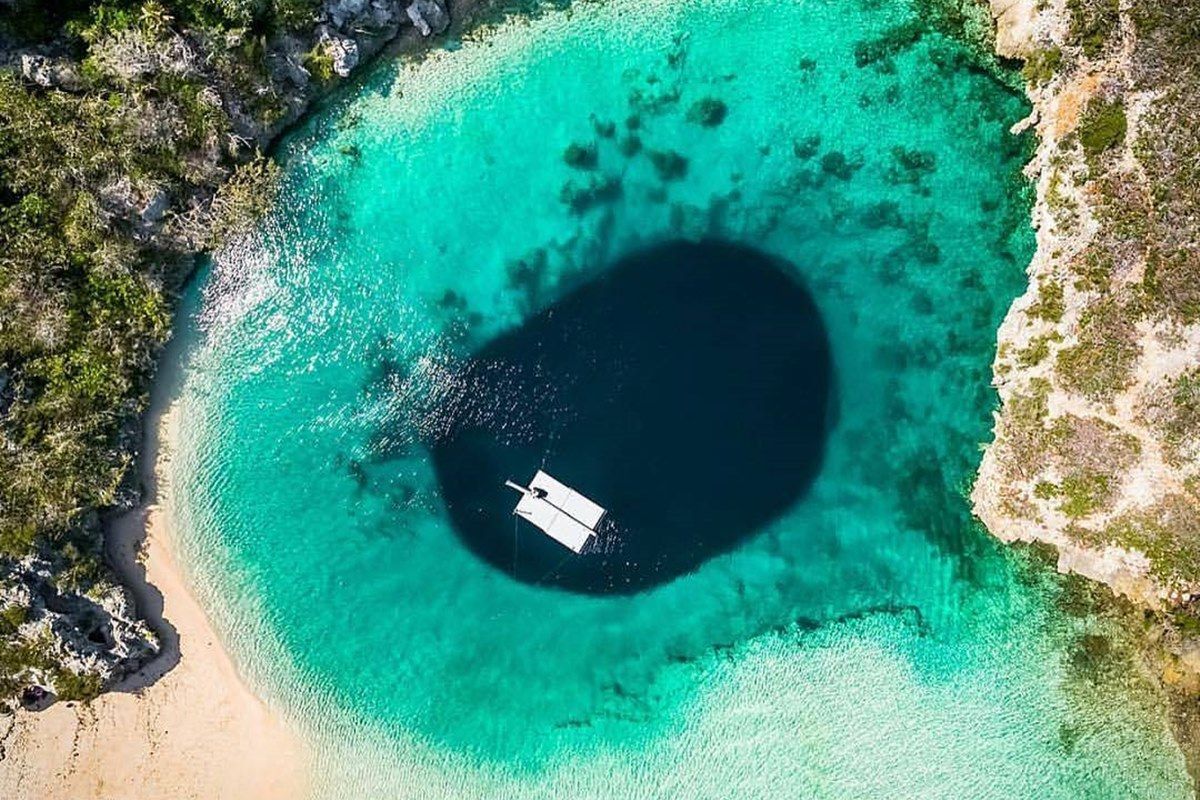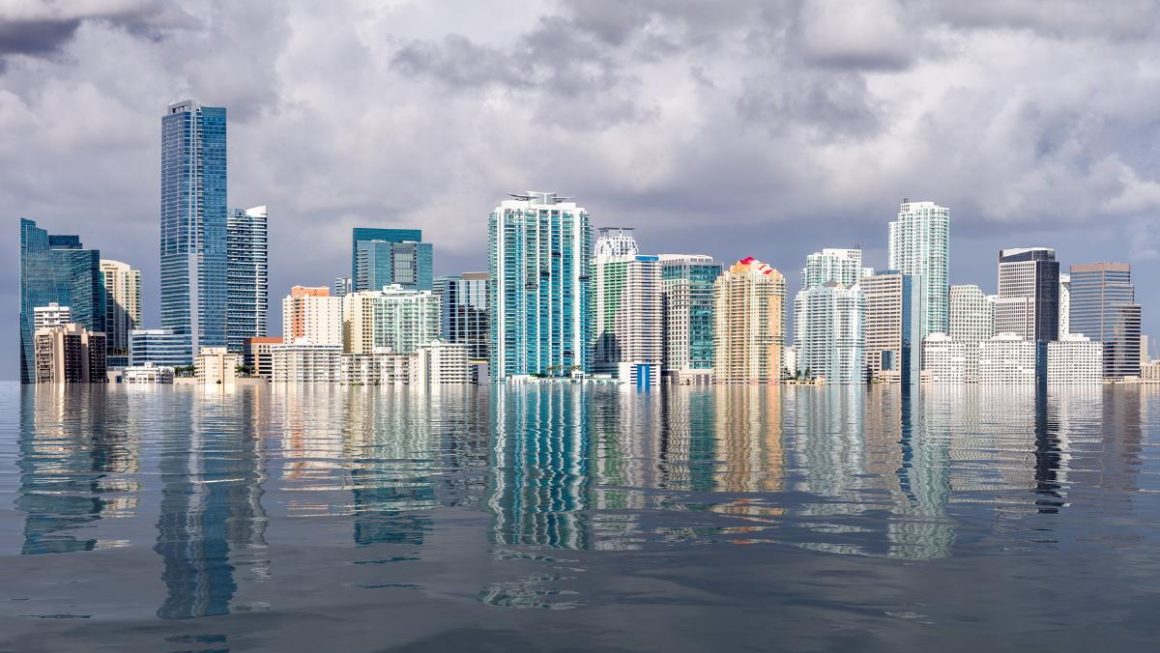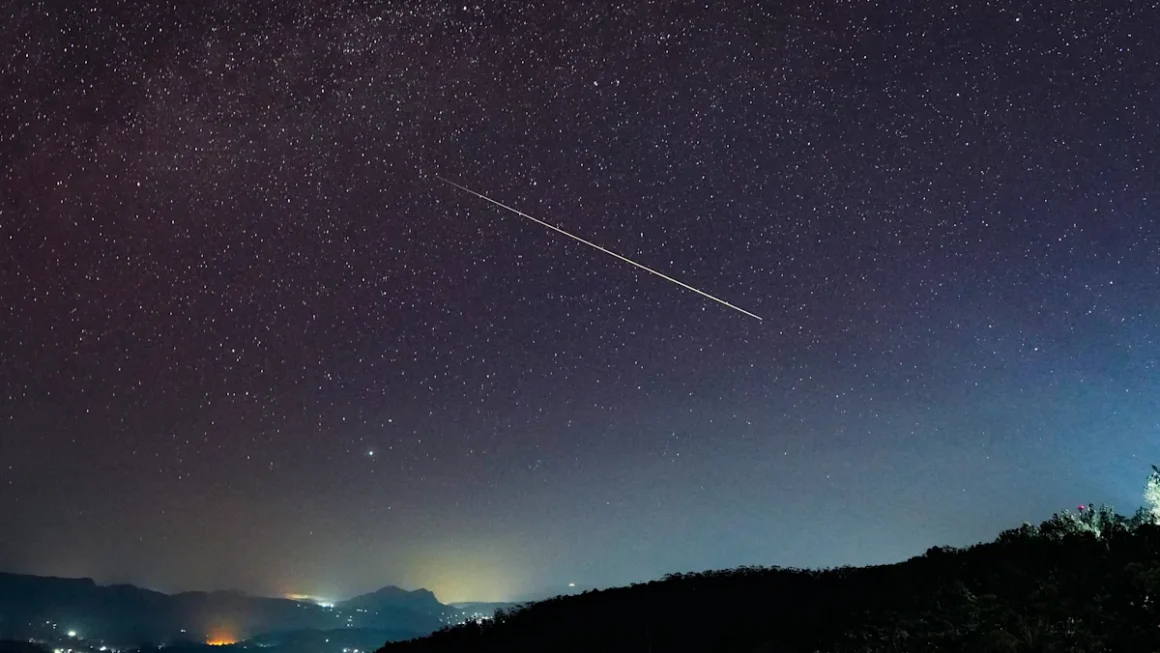From the Philippines to Mexico via China, several sites compete for the title of deepest blue hole in the world. But only one officially holds the record.
Key facts
- Blue holes, famous for their intense colour and ecosystems, have always intrigued scientists. Several sites have already competed for the title of deepest in the world.
- Taam Ja’, discovered in 2021 in Mexico, was initially estimated to be 274 metres deep, placing it second in the ranking.
- Additional measurements taken in 2023 using a CTD probe connected to a ship confirmed that Taam Ja’ is actually more than 420 metres deep.
Renowned for their intense blue colour and ecosystems that are unique in the world, blue holes are scattered across the planet. They have always fascinated scientists who are trying to unravel their secrets.
One of them is attracting particular attention from researchers because it is believed to be the deepest ever discovered. Various sites have already claimed the world record, until other discoveries or more accurate measurements have dethroned them.
Taam Ja’, the new world record for blue holes
Today, the deepest blue hole in the world is Taam Ja’, located in Chetumal Bay, off the coast of Mexico. It is over 420 metres deep and covers an area of more than 13,600 square metres.
Taam Ja’ was first discovered in 2021, but scientists estimated its depth at 274 metres at the time. It was therefore in second place behind the famous Dragon Hole located in the South China Sea.
Discovered in 2016, the latter is nearly 300 metres deep. It therefore retained the title of the world’s deepest blue hole until researchers realised that Taam Ja’ actually reached even more impressive depths.

How can the depth of a blue hole be measured?
To confirm the depth of Taam Ja’, researchers used a conductivity, temperature and depth (CDT) profiling instrument. Often used in oceanography, this device accurately measures the salinity, temperature and pressure of the water.
This makes it possible to estimate the depth of a blue hole, while gathering information about its ecosystem. A probe, connected by a cable to the oceanographic vessel, gradually descends into the blue hole, transmitting its data in real time to the surface.
In 2023, during a new research campaign, scientists found that the probe was still far from the bottom, even though it had already reached the estimated depth of 274 metres in 2021.
They therefore continued to lower the probe, which finally reached a depth of around 420 metres. This limit was not set by the blue hole itself, but by the technical capabilities of the device. It therefore regains the title of the world’s deepest blue hole, although its depth remains unknown for the time being.




